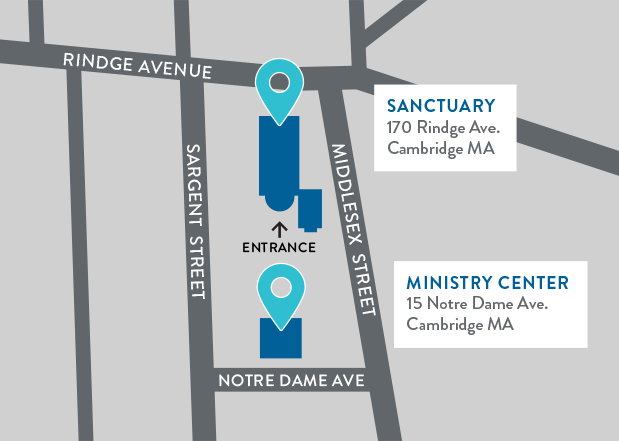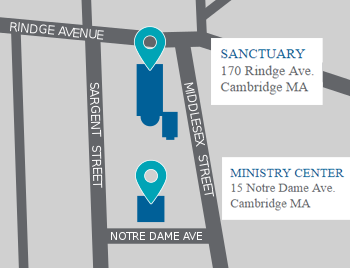Blog

Daily Readings, Day Six
October 3, 2017
John 2:13-25 (NRSV)
13 The Passover of the Jews was near, and Jesus went up to Jerusalem. 14 In the temple he found people selling cattle, sheep, and doves, and the money changers seated at their tables. 15 Making a whip of cords, he drove all of them out of the temple, both the sheep and the cattle. He also poured out the coins of the money changers and overturned their tables. 16 He told those who were selling the doves, “Take these things out of here! Stop making my Father’s house a marketplace!” 17 His disciples remembered that it was written, “Zeal for your house will consume me.” 18 The Jews then said to him, “What sign can you show us for doing this?” 19 Jesus answered them, “Destroy this temple, and in three days I will raise it up.” 20 The Jews then said, “This temple has been under construction for forty-six years, and will you raise it up in three days?” 21 But he was speaking of the temple of his body. 22 After he was raised from the dead, his disciples remembered that he had said this; and they believed the scripture and the word that Jesus had spoken.
23 When he was in Jerusalem during the Passover festival, many believed in his name because they saw the signs that he was doing. 24 But Jesus on his part would not entrust himself to them, because he knew all people 25 and needed no one to testify about anyone; for he himself knew what was in everyone.
The other biographies of Jesus place this event near his death. In their stories, small town Jesus goes to the big city for the big holiday, steps into the temple and is shocked by what he sees. He clears it out, causes a scene, and hastens his own arrest.
John sends Jesus to Jerusalem far earlier in the story, in fact, right at the beginning. It’s almost as if this might be thematically important to the ideas John wants us to notice. Which I think it is. Signs, testifying to the truth, God as Jesus’ father, and temple – these are all important ideas and motifs in how John tells the story.
The Jerusalem temple was the most important building, by far, in 1st century Palestine. As far as Jesus’ culture went, maybe the only important building. It was a center of culture, commerce, religion, and more.
But all of this doesn’t fill Jesus’ Jewish heart with pride. Instead, he sees all this activity and makes a whip.
For Jesus, this is family property. He calls the temple his father’s house. And he wants people to enjoy it on those terms. He wants people to have a window to heaven, a way to see and experience God on earth.
Subtly, John has been telling us that Jesus is becoming this temple. He’s told us in the first chapter that God has dwelt (or “tabernacled”, sort of like “templed”) among us and Jesus said that if you stick around him, you’ll see him become the ladder to heaven. This was recalling a dream the patriarch Jacob had, allegedly on the site of the future temple, where God opened up a ladder to heaven.
And now John says it less subtly. Jesus’ body is the temple. Around this person, we’ll have a window to the transcendent, a way to experience and see the light and beauty and love and power of God.
Could it be possible that everywhere Jesus is remembered and talked about and even present by his Spirit today, people could see God? In boardrooms and lunchrooms and bedrooms and morgues and churches and hospitals and museums and farms and schools? Is there anything in your mind and life that Jesus might need to drive out for you to experience God today?

